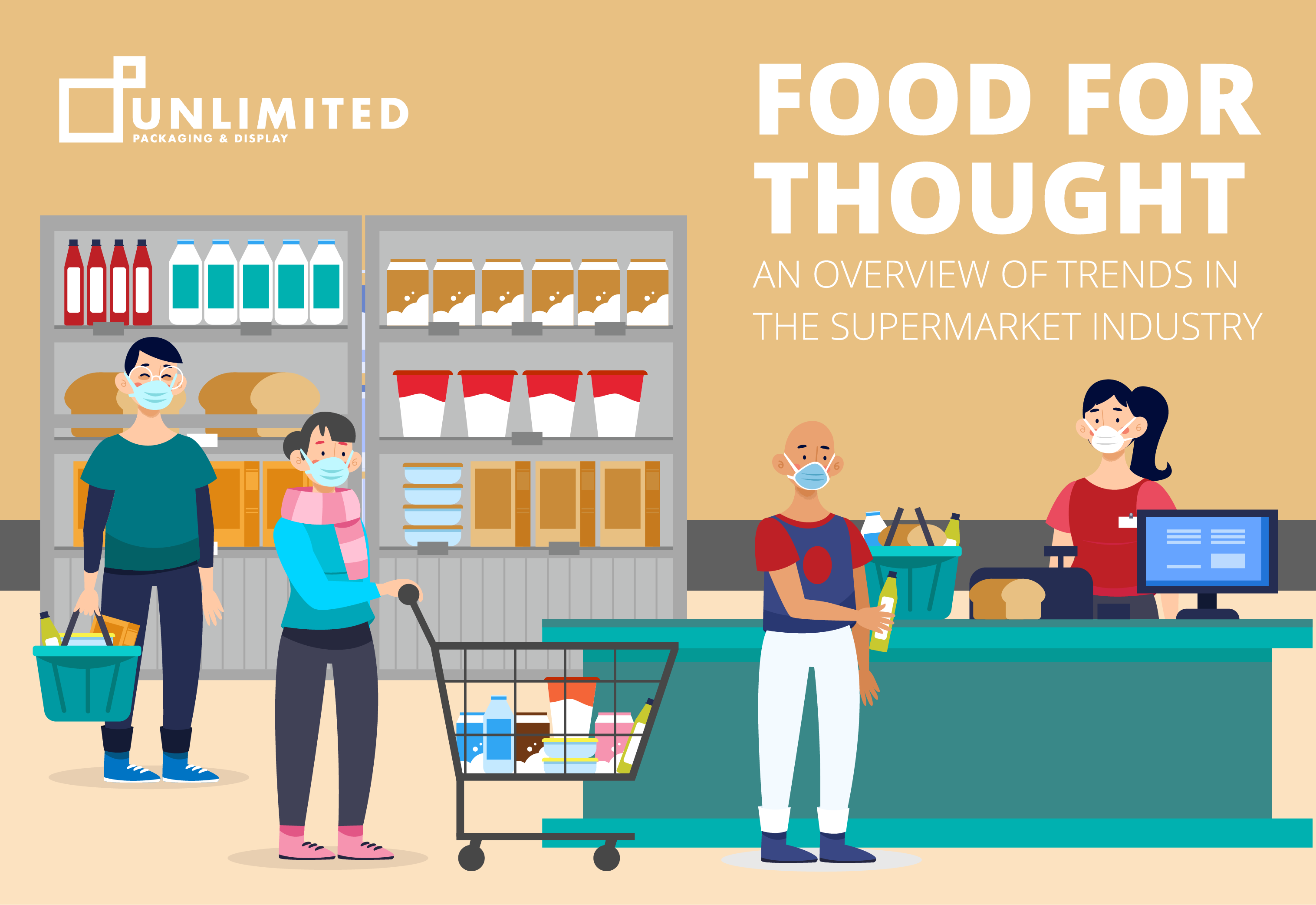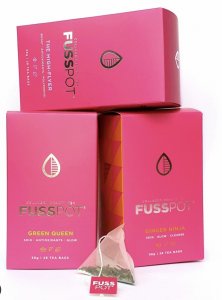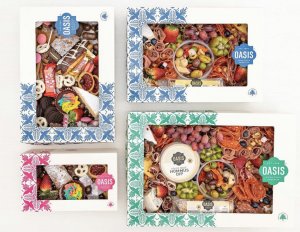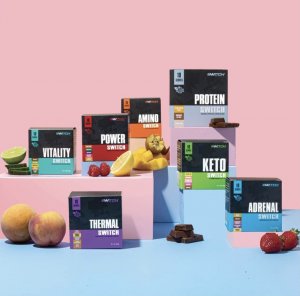
Due to the onset of the novel coronavirus (COVID-19), Australian shoppers have contributed to the rise of a homebody economy. Having shifted to working, studying and leisure at home, it has had a particularly significant impact on how and where we are grocery shopping.
Below are some of the key insights collated by our team around the state of the supermarket and grocery channels across Australia:
I. Pantry essentials and beyond
With more time at home, Australian consumers have changed the way they eat and have also had to look at new ways to prepare meals. According to Nielsen, “Volume sales for pantry items more than doubled in the four weeks ending 22 March compared with the same period last year”.

II. Post-panic buying
The months of March-April entailed a wide-scale panic buying rush,where the majority of sales was in the long-life food staples and essentials. This boosted the sales volume for products such as pasta, flour, rice and other baking goods.
Another particular area that saw a spike in sales was of ground coffee and coffee beans, with Australians craving a barista-style cuppa’ at home.

III. Bake my day
Did you try your hand at baking this year? According to a study conducted by google, there has been a rise in global views of cooking and recipe videos by 45% since 2019. Similarly it was reported that 62% of consumers are trying new recipes. The popularity of this new hobby can be attributed to the disposable time that consumers have had as well as the need for comfort food.
A good example of an Australian brand that took advantage of this sentiment was Arnott’s. By sharing the secret recipe of their famous Monte Carlo biscuit, they were able to leverage on trends and boost their share of voice.

IV. Add to cart
The spike in e-commerce demand has been seen across most markets in Australia. Particularly due to lockdown, consumers looked to online retailers and food delivery apps saw a surge in volume.
Thus, previously brick and mortar stores were forced to convert to the digital space and adjust the shopping environment to suit. This switch to digital from a consumer’s perspective can also be owing to the need of managing financial wellbeing through cooking at home.

V. Loyalty comes second
There were many brands that could not meet the growing consumer demand due to widespread supply-chain disruptions. This led to a shift in the shopping behaviour of consumers, who had to look at a new brand or retailer to satisfy needs.
Some of the key areas that drove this change were availability, value and quality products.

VI. A costly affair
The financial constraints placed on consumers have resulted in 53% of people shopping cost-consciously. Comparing prices online and taking even more advantage of bargains, there has been a surge of consumers now shopping at ALDI.
With value at the forefront, we have seen that shoppers are also drawn towards purchasing private labels or grocery-owned brands.

VII. Comfort tr-eating
With a volatile environment, comes the need to find a sense of normality for many of us.
The past few months have thus seen a rise in comfort eating with food as an outlet. A recent survey by ABC showed that 1 in 5 Australians said that they were consuming more snacks like biscuits, chips, and lollies.

However, with the rise in comfort eating, there is also an increased awareness of healthy alternatives.
According to the Nielsen Global New Shopper Normal Study, it was seen that “65% of Australians plan to increase their consumption of products with health benefits”. Taking inspiration from grocery trends across the world, increasing the number of value-options that are healthy and family-friendly can have a positive impact, especially in areas with a higher population of families.
As lockdown restrictions have slowly started to lift, it is up to brands to consider what the “new normal” looks like when it comes to grocery channels. This would differ by lifestyle, age and other demographics. Consumer habits do tend to undergo significant changes based on various stimuli, but the key to continuous sales growth over the next few weeks and months, would be to understand, adapt and reset accordingly. Constrained shoppers are and will continue to rely heavily on brands promotional activity and value offers.
At UPD, we work with a number of FMCG brands and are constantly innovating to suit the changing market. From packaging to display and everything in between, we take pride in providing impactful solutions for our clients.
Chat to an expert today on how you can elevate your presence in-store and stand out from the supermarket shelf: [email protected]

